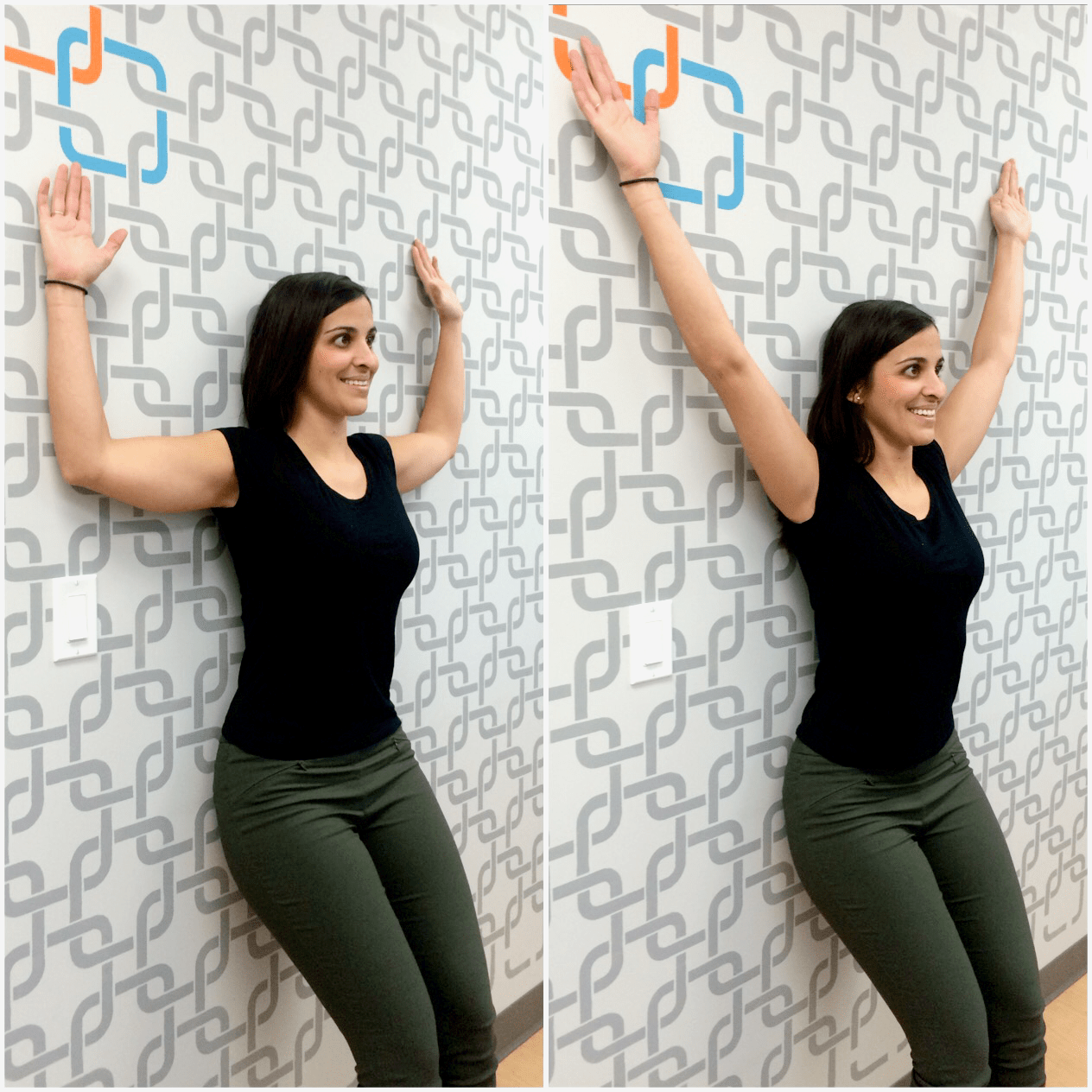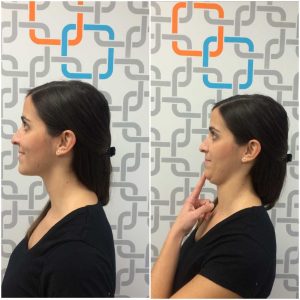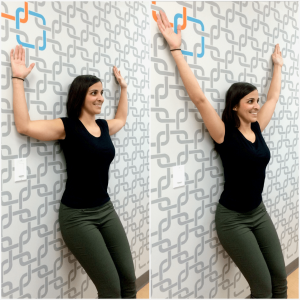We all know how important our sleep is, but perhaps even more important is whether or not we are sleeping in the best position. What is the ‘best position’? Is there truly a best? One of the questions I routinely ask during assessments with a new patient complaining of back stiffness or discomfort is what position they sleep in. Different sleep positions can absolutely affect your immediate and long-term health, so if you often wake up feeling sore and stiff, perhaps your sleep position is to blame. Sleep position can be a difficult habit to change, but appropriate modifications can be very beneficial to your overall health.
There are four main sleep positions: on your back, side, stomach, or in the fetal position. However, there are also many variations of these four, and you will often change positions many times throughout the night. Sleep studies have shown that we tend to change positions between 4-17 times a night, however most of us do have a general preference towards one position.
Tips for the YOUR optimal sleep position:
Back sleepers: Kept simple, this position should keep your head, neck and spine aligned.
- Place a small pillow behind your knees, I find it helps to place the pillow under the fitted sheet to reduce the pillow from being kicked out.
- Use a fluffy but thin pillow so your not overly flexed forward at your neck.
- Not an ideal position if you tend to snore or have sleep apnea.
Stomach sleepers: This position is said to be the worst position. When you sleep on your front you most likely have your head rotated to one side to breathe. This head rotation creates an imbalance in the range of motion in your neck and can cause neck pain and stiffness in the future.
- Use a thin pillow, or try sleeping without a pillow to decrease the strain on your neck.
- Put a small pillow under your pelvis, this will put your back in a more neutral position and take pressure off the spine.
- If you are experiencing acute low back pain, sleeping in this position for a short period may give you some relief. Place your hands under your forehead and hold this position for a 10 minutes.
- If transitioning off your stomach, try placing a body pillow under the fitted sheet and lay along the pillow. This will tilt your body slightly and slowly assist you to sleep on your side.
Side sleepers: This is a great position to keep your spine relatively neutral, can reduce acid reflux symptoms and snoring.
- Consider using a pillow between the knees, this will keep your hips square.
- Make sure your mattress is not too soft so that your body does not sink and create a side curve in your spine.
- Make sure your mattress is not to firm to cause pressure points at your hip and shoulder.
- If you are pregnant a full length body pillow is helpful to hold and place between your knees.
Fetal Position Sleepers: This position can be comfortable for a short time for women during pregnancy and also help reduce snoring.
- Use a full length body pillow to hold and support the body.
- Transition to a more supported side sleeping position.
In the end all sleep positions have their pros and cons, and your optimal sleep position may not be that of your neighbour. If you are waking up in pain or discomfort it may be time to make some simple adjustments to improve your position. You can always ask any of us here and we can recommend a few options for you.
Happy Sleeping everyone!
Written by Dr. Shereen Kangarloo, BSc, DC





